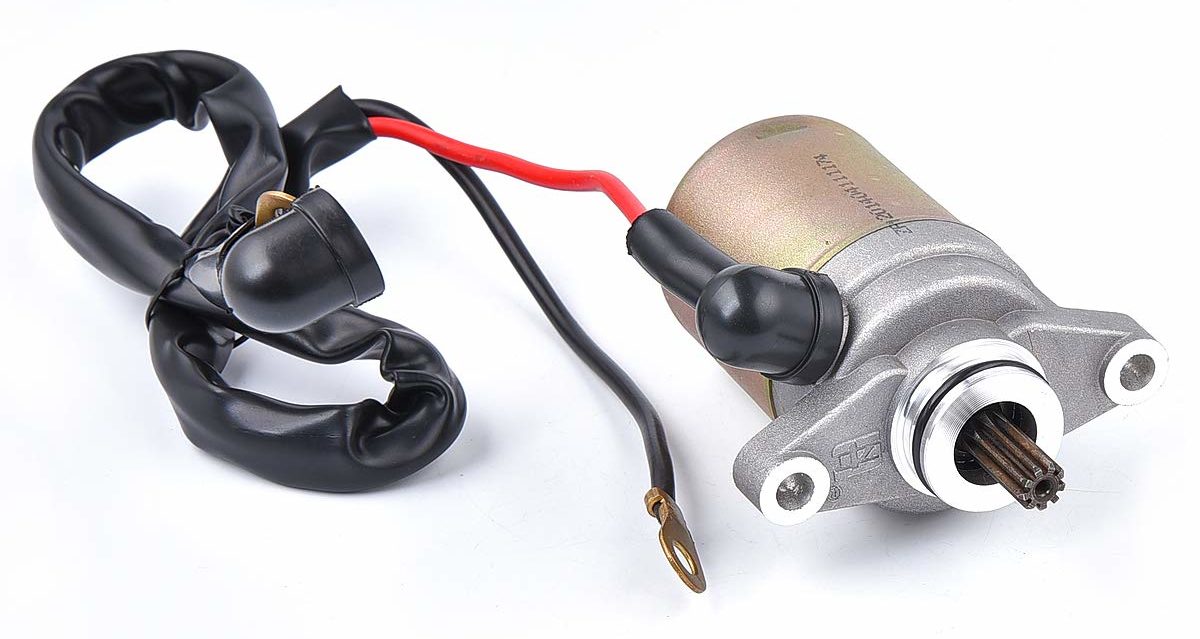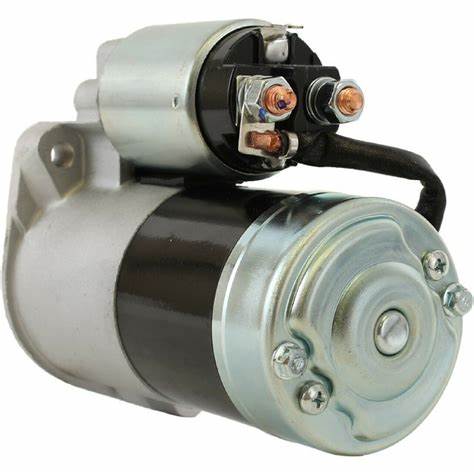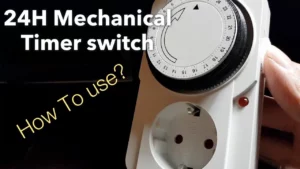The seemingly simple task of choosing a soft starter for your motor may be much more difficult than first sight. “I only need to know HP and voltage to choose the right one, right?”
In fact, things are not that simple. To correctly select a soft starter, many physical and application attributes need to be considered to ensure the longevity and correct handling of the soft starter, motor and additional equipment. So when you need to choose a soft launcher for your application, where should you start?
1. The importance of motor horsepower and voltage
As mentioned earlier, you really need to know the horsepower and voltage of the motor, which are easily obtained from the nameplate of the motor, but as important as these attributes are the application, environment and operating conditions of the entire system; the soft starter is among them The key components.
The selection process starts with the application type, which is divided into three categories or one category; 10 categories, 20 categories, or 30 categories. These levels are distinguished according to the current required during the start and stop process, which is usually the most demanding part of the motor’s use time; and the current temperature of the motor. Light-load motors do not need to accelerate very fast, do not need to start and stop too much within an hour, and usually belong to the 10th category. Class 10 applications include some fans, blowers, unloading/light-load conveyors, unloading/light-load mixers, etc.
When the motor is coupled to the load, medium loads may need to be classified into 20 applications. Applications such as most compressors, hammer mills, grinders or load mixers usually fall into this category. The most demanding applications are classified into 30 categories. These are heavy-duty applications, such as paper shredders, shredders, or high-inertia fans, requiring greater than 85 operating amps.
In addition, use and environmental conditions will also affect the temperature of the motor, such as altitude, thin air means a short cooling time, starting and stopping every hour will increase the pressure and temperature of the motor.
With these and other factors, such as the electrical connection type of the motor (ie Wye or Delta) and the ambient temperature, you can choose the soft starter appropriately. If you do not consider all these factors, you may choose a soft starter that is too small or insufficient in size, which may cause difficulty or damage to the operation of the starter or other system components.
2. One selector for all your needs
But before you stare blankly, you may not have to worry about all these technical details. With all these issues in mind, we created a selector to make the selection process simpler and more comprehensive, enabling you to choose a soft launcher for your application.
Through a simple drop-down menu, you can choose from a comprehensive list of more than 40 soft starter applications closest to your requirements (or simply select an application class), select your motor voltage and size, and then Answer a few simple questions, such as “expected start time per hour” (you can try a conservative number and a free number to see its impact on product supply); “ambient temperature”; “altitude”, etc., The selector will provide appropriate soft starter recommendations.
You can also find technical data and definitions to help you gain more knowledge of soft beginner applications and increase your confidence in your choice. Once you have determined the criteria that best suits the needs of your application, you can select one from the list of models provided and add it to your shopping cart. The end result is to buy a soft starter of the right size (and economical price) that will meet your needs and requirements: fast, easy and confident.











